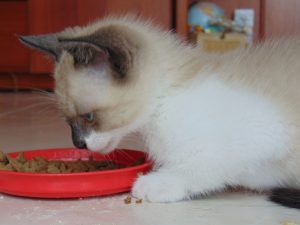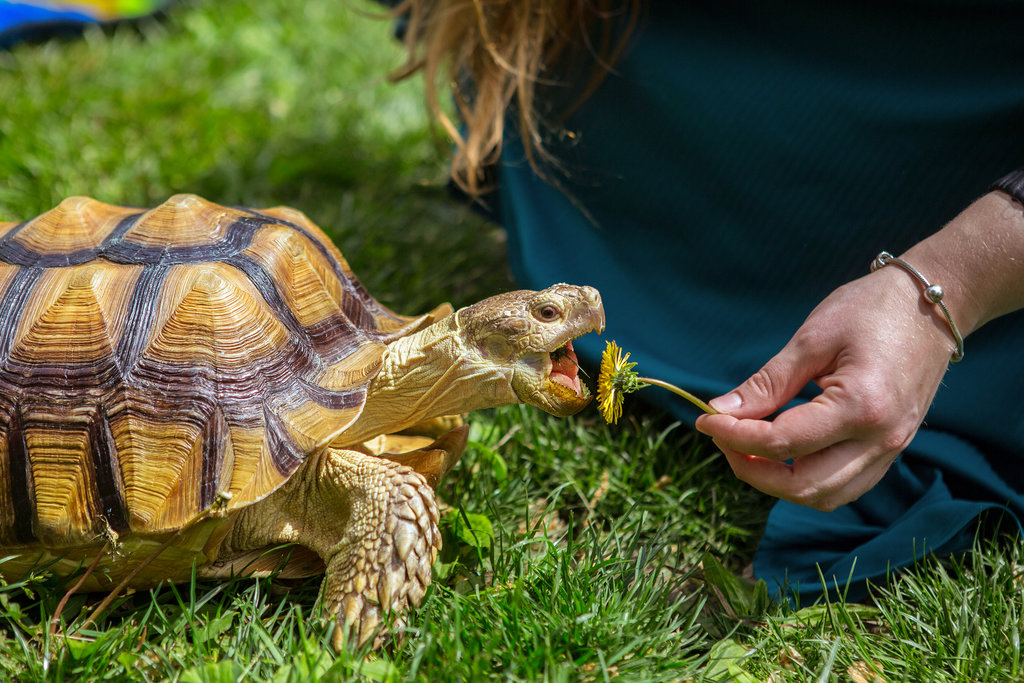
Planning to get a turtle as a pet but not sure about how to care properly for it? Relax! We are here to give you some tips! But first, if you haven’t yet, go check out the first part of our article Master the Art of Taking Care of Your Tortoise with These Tips.
3.Building the Outside Environment
While we’ve previously talked about creating an indoor environment for your new pet, today, let’s first look at how you can build a proper shelter outside for your turtle.
Create a Healthy Environment for the Turtle and Its Family
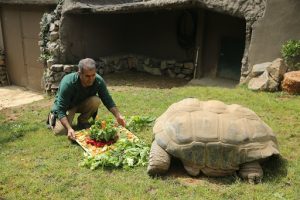
Don’t let the turtle live with dogs (which are potential predators). Also remember that babies and children are not ideal companions for turtles. Many experts recommend that only children over the age of 12 come in contact with them. Most small turtles carry salmonella, an infection that can be fatal to infants, the elderly and the frail. Even if your pet does not fall into the “small turtle” category, there is still a risk of transmitting infections to children.
Making an Outdoor Turtle Pond
The outdoor environment is equally important for many species of land tortoises. It must be large and safe. The animals must be protected from predators and prevented from escaping. The tank should be at a good height to prevent the turtles from escaping, and there should be barriers underneath to prevent them from digging. A roof may also be necessary.
Add Plants They Like to Eat
A turtle spends a lot of time outdoors, so it makes sense to plant food that it likes. This way, you don’t have to go looking for the food and it can choose when it wants to eat.
Create Hiding Places
Create places for him to hide and explore – rocks, wood, etc. It’s not cool to have an empty, boring crib. Make small hills for him to climb, different places to explore and different environments in the outdoor terrarium.
Remember to Use Soil as a Base for the Breeding Area
It’s not just a matter of using yard soil – it’s not suitable for terrestrial turtles. Be aware that grass, especially wet grass, is also bad for turtles as it can cause painful rubbing.
4.Caring for the Pet
Let’s now see how you can actually care for your turtle once you already have it.
Provide the Right Diet for the Turtle or Pet
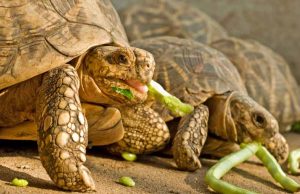
Some excess nutrients, such as calcium or protein, can severely slow the turtle’s development or even kill it. Remember that turtles are herbivores and tortoises are omnivores. Twice a week, you should feed snails, slugs, crickets and animal protein to the turtles. The rest of the time, they should eat fruits such as melons, berries and tomatoes. Vegetables are also an excellent addition to your pet’s diet. Turtles do not eat insects, but their diet is quite varied. You need to do some research to find out what the best diet is for the species you have.
Change Your Pet’s Environment as It Grows
Many land tortoises grow larger over time. This means that, in addition to food changes and eventual hibernation, you need to be mindful of necessary changes to the environment in which it lives, both indoors and in an outdoor terrarium. Aquatic turtles need a surface of 30 cm² for every 20 cm of their length. For terrestrial turtles, the space requirement is even greater – at least 2.5 m² for every 30 cm of length.
Take Your Turtle to the Vet Regularly
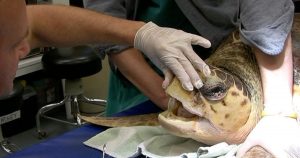
Many turtles harbor parasites and possibly other infections, some of which can be dangerous to humans. Depending on where the turtle is from, it may be malnourished and dehydrated. It can be difficult to tell if turtles have problems, so choose a good specialist.
You are now ready to have a turtle and know how to take good care of it. Do you already have a pet at home? If yes tell us which one and share with us in the comments below how you look after it.

